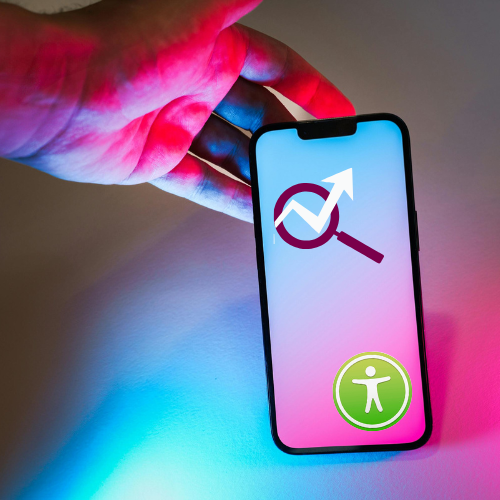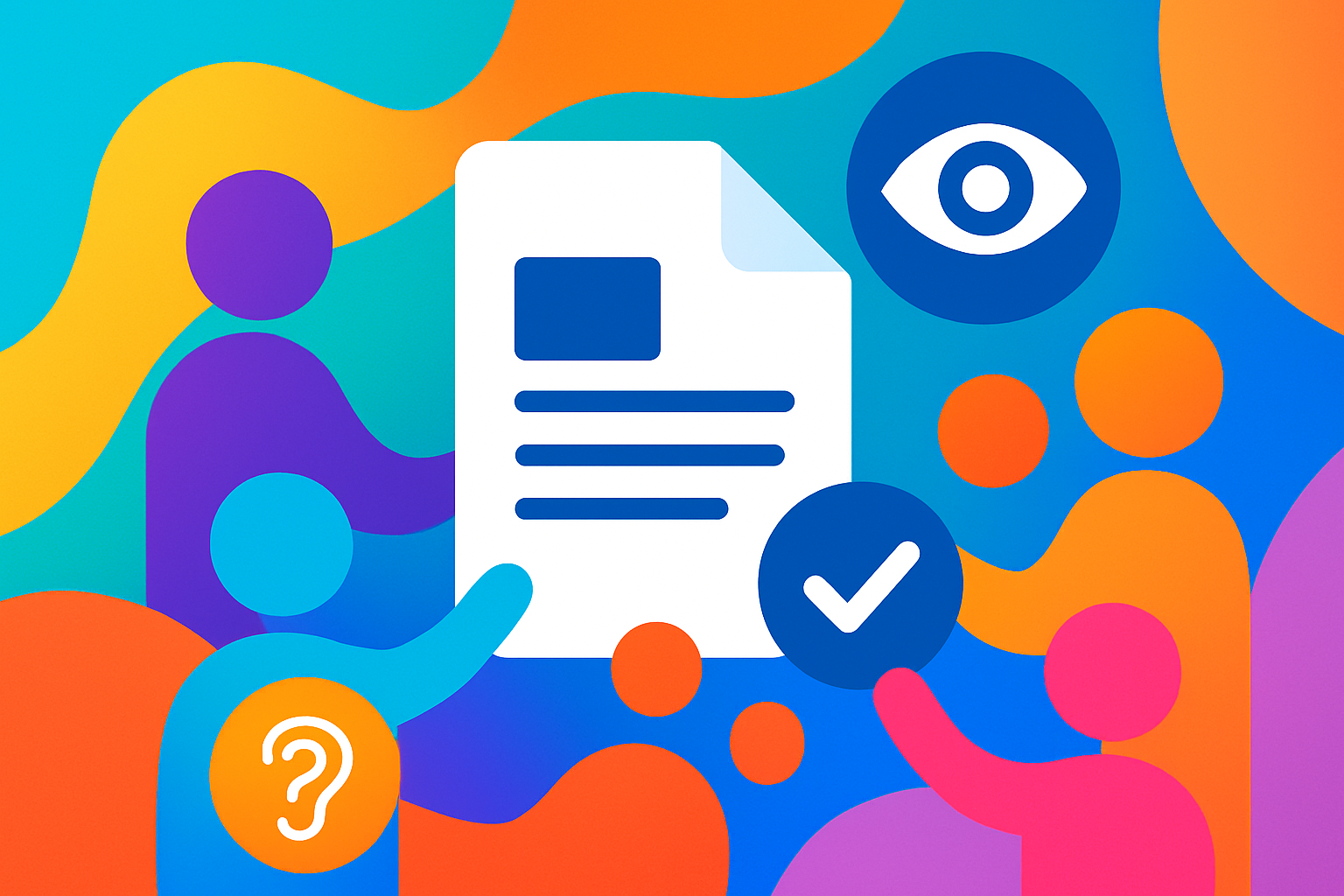Why Brands Must Fulfill Accessibility on Their Digital Platforms? What If They Miss It?
Date Published: Apr 1, 2025
Date Modified: Apr 1, 2025
Ignoring digital accessibility can lead to lawsuits, lost customers and reputation damage. Learn why brands must prioritize accessibility and how to implement it.
Introduction
Imagine walking into a store, only to find that the entrance is too narrow for a wheelchair, the labels are written in a language you don’t understand, or the lights are too dim to see clearly. You’d likely leave and find another store that accommodates your needs. Now, apply this scenario to the digital world. If a website or app isn’t accessible, businesses risk excluding a significant portion of their audience - leading to lost revenue, legal troubles and a tarnished reputation.
Digital accessibility is no longer optional; it is a necessity. In this article, we will explore why brands must prioritize accessibility, what happens when they don’t and real-world case studies that showcase the consequences and benefits of accessibility compliance.

Why Accessibility Matters
- Expanding Your Customer Base: Over 1.3 billion people globally live with some form of disability (WHO, 2023). Failing to make digital platforms accessible means ignoring a vast audience. According to the Click-Away Pound Report (2022), 69% of disabled users abandon inaccessible websites, costing UK businesses over £17.1 billion annually.
- Legal and Compliance Risks: Many countries have stringent accessibility laws:
-
North America
USA: Americans with Disabilities Act (ADA)
Canada: Accessible Canada Act (ACA) -
Europe
Web Accessibility Directive (EU 2016/2102) (applies to all EU member states)
UK: Equality Act 2010 -
Asia
India: Rights of Persons with Disabilities Act, 2016
China: Regulations on the Construction of Barrier-Free Environments -
Australia & Oceania
Australia: Disability Discrimination Act (DDA) 1992 -
South America
Brazil: Brazilian Inclusion Law (Statute of Persons with Disabilities)
-
North America
- S.E.O.and Competitive Advantage: Search engines favor accessible websites. Features like alt text, proper headings and structured content improve rankings. A study by WebAIM found that websites with better accessibility had 12% higher engagement rates.
- Brand Reputation and Social Responsibility: Inaccessibility can result in public backlash. Beyoncé’s official website faced legal action in 2019 for being inaccessible to blind users . The incident damaged her brand’s inclusive image. Conversely, brands like Apple and Microsoft have built strong reputations by prioritizing accessibility.
The Cost of Ignoring Accessibility
Let’s look at some real-world examples of what happens when brands neglect accessibility:
| Brand | Issue | Consequence |
|---|---|---|
| Website inaccessible to blind users | U.S. Supreme Court lawsuit, major fines | |
 Beyoncé Beyoncé |
No screen reader support | Lawsuit and brand reputation damage |
| Poor color contrast and navigation issues | Users abandoning site, loss of revenue | |
 Target Target |
No alt text on images | $6 million settlement + website redesign |
Customer Stories: The Real Impact
- Lisa’s Frustration with Online Banking
Lisa, who is visually impaired, attempted to use her bank’s website but found it impossible to navigate with a screen reader. Frustrated, she switched to a competitor with a more accessible platform. The bank lost a loyal customer due to negligence. - Raj’s Struggle with E-Commerce
Raj, who has motor disabilities, tried to shop online but found no keyboard navigation options. He abandoned the cart and chose a competitor. That retailer lost an easy sale.
The Benefits of Accessibility: A Success Story
Microsoft’s Inclusive Approach
Microsoft has long been a leader in digital accessibility. By integrating features like live captions, high contrast modes and AI-driven assistive tools, Microsoft has not only complied with accessibility regulations but also increased engagement across diverse user groups. Their approach resulted in higher user retention and brand loyalty.
How to Ensure Digital Accessibility
Brands can adopt the Web Content Accessibility Guidelines (W.C.A.G.) to create accessible digital experiences. Some essential steps include:
- Providing alt text for images
- Ensuring keyboard navigation support
- Using contrast color schemes
- Adding closed captions to videos
- Implementing accessible forms and error messages
Conclusion
Ignoring digital accessibility is not just an ethical lapse - it’s bad business. Brands that fail to accommodate all users risk financial losses, legal troubles and reputational harm. However, by embracing accessibility, businesses can enhance user experience, boost revenue and foster brand loyalty.
Lawsuits & casestudy: Delhi High Court Issues Notice to Swiggy, Zepto and MeitY Over Lack of Accessibility for Visually Impaired Users
Need help? Reach out to PanXWorld for expert accessibility audits and solutions.


